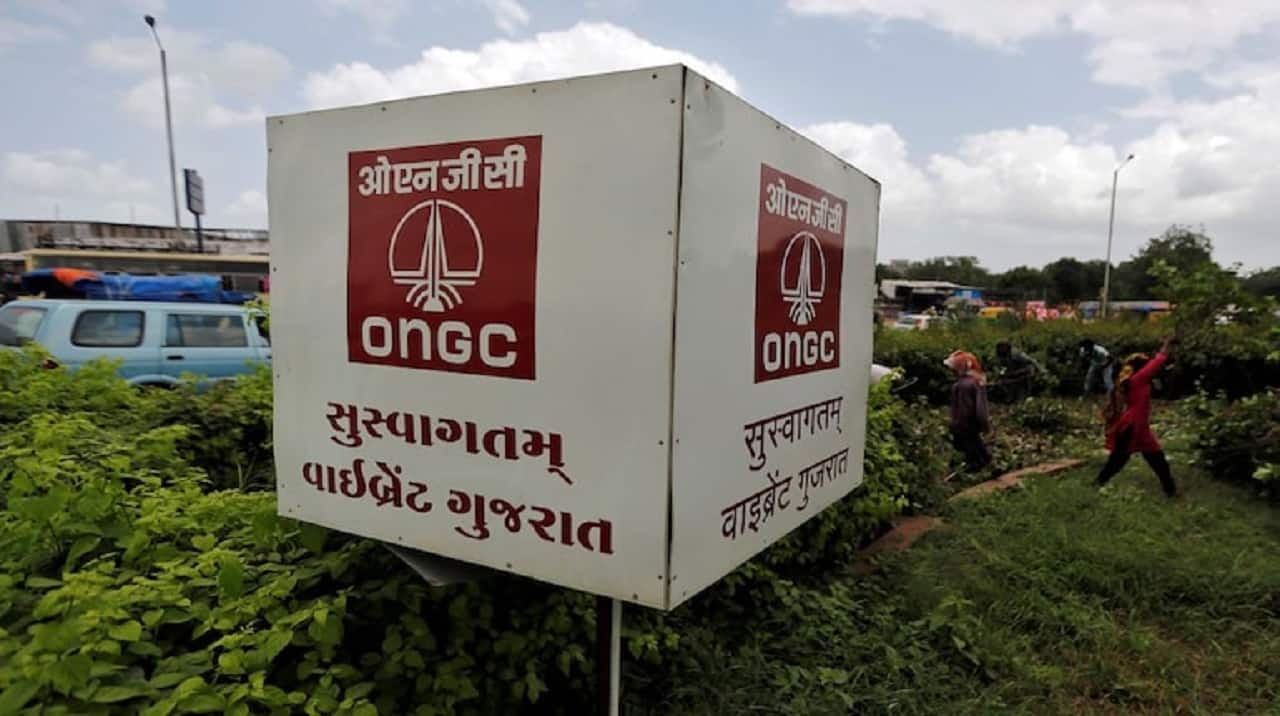Key Takeaways:
Unveiling the Power Crunch Risk in Southeast Australia
As Southeast Australia battles with an imminent power crunch, it becomes crucial to understand the complexities and crucial ingredients behind the scenes. By delving into this matter, we can gain insights into the different factors contributing to this significant energy challenge. In this article, we will dissect the risk of a power crunch in Southeast Australia and explore what measures can be taken to tackle this pressing issue.
The Growing Concern
The Australian energy market finds itself at a critical juncture. The transition toward cleaner energy, coupled with the increasing demand for electricity, has led to a precarious situation. Southeast Australia, in particular, is grappling with an imminent power shortage. This has gripped the attention of policymakers, energy experts, and the general public alike. It is crucial for all stakeholders to understand the complex underlying factors that have brought us to this point.
The Countdown Begins
There are several causes and indicators of the upcoming power crisis in Southeast Australia. The factors encompass issues rooted in infrastructure, climate change, and increasing energy demands. As the countdown to the power crunch begins, it becomes evident why immediate actions should be taken.
1. Aging Infrastructure:
The power distribution networks in Southeast Australia are grappling with aging infrastructure. The outdated systems and lack of investment hinders the efficient transmission of electricity. This results in substantial energy losses and risks of blackouts. The need to revamp the infrastructure cannot be understated as it forms the backbone of a reliable and resilient power supply system.
2. Overreliance on Intermittent Energy Sources:
The proliferation of renewable energy sources, such as wind and solar, is a positive step towards a sustainable future. However, an overreliance on these intermittent sources poses challenges for the power network. The reliance on weather-dependent energy supply can lead to fluctuations in power generation and imbalances in supply and demand. To combat this risk, a balanced energy mix should be considered, incorporating reliable baseload power sources.
3. Climate Change and Extreme Weather Events:
The increasingly volatile climate patterns in Southeast Australia have resulted in extreme weather events, including severe heatwaves and storms. These events have a direct impact on the power infrastructure, causing damage and disrupting the electricity supply. With climate change projected to intensify, it is imperative to reinforce the power system’s resilience to withstand these challenges and ensure uninterrupted power supply.
Overcoming the Power Crisis
The power crunch risk can be mitigated through strategic initiatives and a collaborative approach. Here are a few actions that can help address the energy challenge in Southeast Australia:
1. Investing in Grid Upgrades:
An immediate focus on upgrading the power grid infrastructure is essential to enhance its capacity and performance. This involves modernizing transmission and distribution networks, improving interconnectors between states, and adopting advanced technologies. By bolstering the grid’s resilience and efficiency, power shortages and outages can be minimized, minimizing the power crunch risk.
2. Diversifying Energy Mix:
A diversified energy mix ensures a balance between renewable and reliable baseload power sources. While renewable energy remains the linchpin of a sustainable future, incorporating stable energy sources like natural gas or hydro provides stability to the power network. The blend enables efficient management of power supply and demand, offering a buffer against intermittent renewable energy generation.
3. Promoting Energy Efficiency:
Encouraging energy-efficient practices in the residential, commercial, and industrial sectors can help curb excessive energy consumption. This can be achieved through awareness campaigns, tax incentives, and the implementation of smart energy-efficient technologies. Reduced energy demand translates into a reduced strain on the power grid and subsequently minimizes the risk of a power crunch.
4. Enhancing Battery Storage and Microgrids:
The incorporation of advanced battery storage systems enables the efficient utilization of renewable energy during high generation periods. Additionally, the development of microgrids can bolster the region’s energy resilience. Microgrids allow localized generation and distribution of power, reducing dependence on overburdened networks during peak demand periods.
Frequently Asked Questions
Conclusion
The power crunch risk in Southeast Australia demands immediate attention and informed decision-making. By understanding the underlying factors and implementing strategic measures, we can build a resilient power infrastructure capable of meeting increasing energy demands. The investment in upgraded grids, diversified energy sources, heightened energy efficiency, and advanced storage solutions is paramount. Collaboration among policymakers, industry experts, and communities will be instrumental in our journey toward a sustainable and secure energy future.
Source: insightfullgo.com


